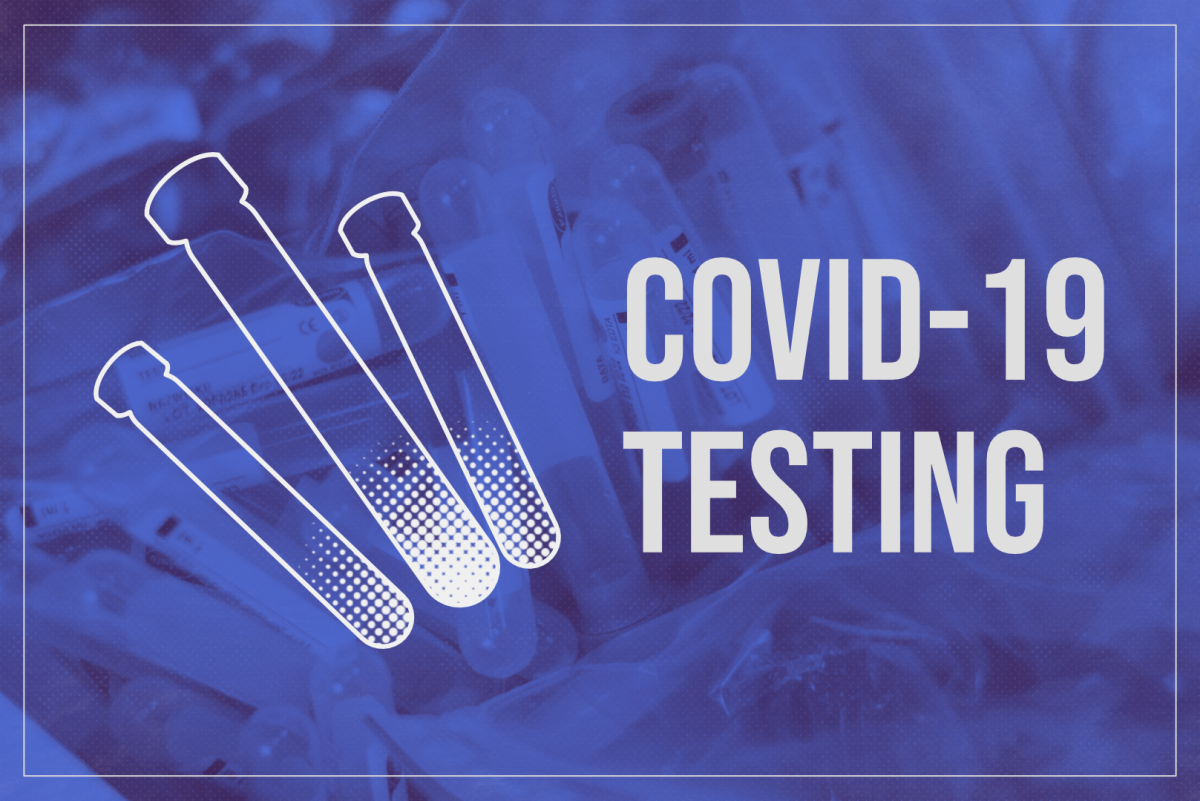As students return to campus this fall, the COVID-19 pandemic is at the height of their concerns. According to Julie Casani, director and medical director of Student Health Services, NC State currently relies on commercial laboratories for COVID-19 testing procedures and will focus its efforts on people who do get sick to prevent others from getting ill. However, there may be a more effective way to test students en masse.
Dror Baron, an associate professor of electrical and computer engineering and a senior member of the Institute of Electrical and Electronics Engineering, said algorithms may be the next major technological advancement that is utilized in these labs.
Pooled testing, also known as batch testing, is a method of coronavirus testing and will test several people’s samples at once, according to Baron. It will soon be utilized in order to increase the efficiency of testing.
Pooled testing utilizes algorithms and takes biological samples from the individuals being tested, which are then combined into pools. The pools can be tested all at once instead of the alternative method, which rations one test per person. As there is currently a national testing kit shortage, this method is extremely helpful in testing larger amounts of people, according to Baron.
“On July 18, the FDA allowed Quest Diagnostics, the biggest lab testing company in the U.S., to pool four samples together,” Baron said. “For example, if Quest tests 100 people with one of them sick, 25 pools of four would be tested in a first round, and the four individual samples in the single positive pool would be retested individually in a second round, totaling 29 tests.”
Baron explained the nonadaptive technique with a hypothetical group of 100 people where one of those individuals is sick. Those 100 people would be mixed into random pools of 30 different people so that each individual would appear in six pools. It would then be possible to sample each person six times using 20 measurements. This is because 100 people multiplied by the six samples per person is 600, and dividing the total number of samples into 30 pools means there are 20 tests as a result.
According to Baron, this algorithm often produces enough information to identify the one individual who is positive.
Baron said the one sick individual will most likely appear in six positive pools, or five, if there were frequent erroneous tests. The pool design ensures that healthy individuals are very unlikely to be in more than four positive pools. In this way, pooled testing is able to identify who is sick while using fewer testing kits in the process.
Utilizing this testing method will allow a greater number of people to be tested and help identify the presymptomatic and asymptomatic students that otherwise would not have been tested when testing symptomatic individuals were prioritized.
Casani said spring semester symptomatic students and students who have been in close contact with someone who has tested positive for COVID-19 can be seen in Student Health Services. There will also be an asymptomatic surveillance system on campus for students, faculty and staff to monitor cases. Also, during the spring semester, Student Health plans to test asymptomatic people every two weeks through a volunteer service.
These new technologies and algorithmic studies that Baron and other researchers are a first step in stopping the spread of COVID-19.
To learn more about Baron’s research, click here.








